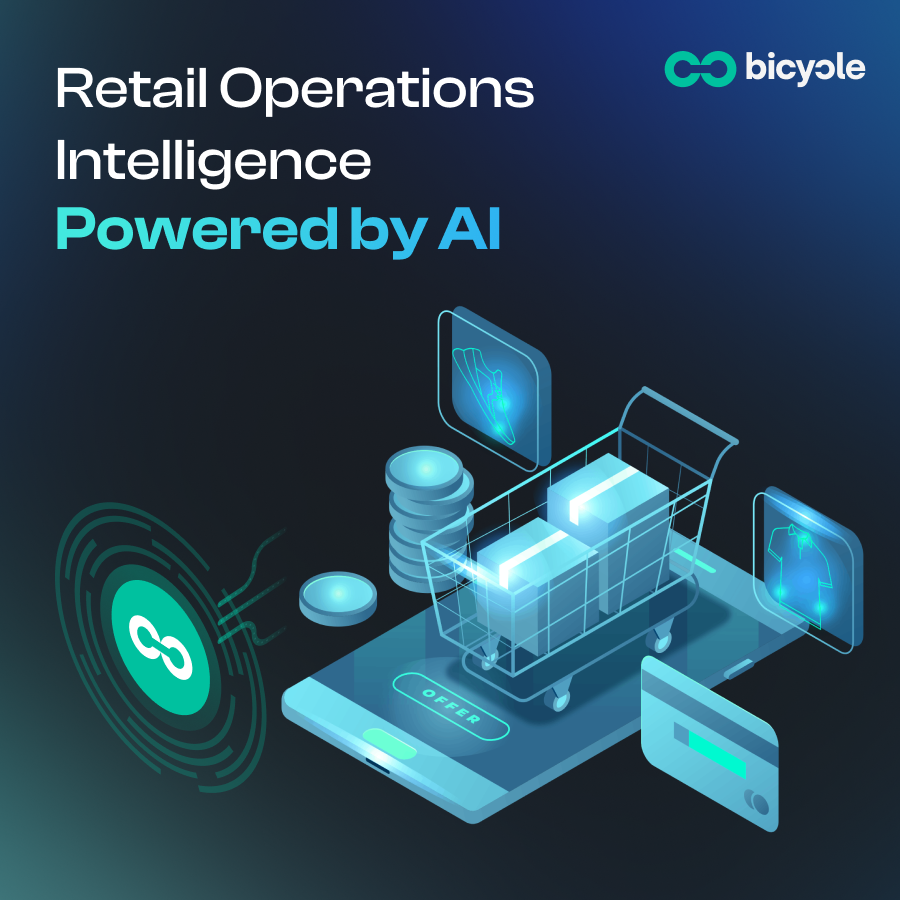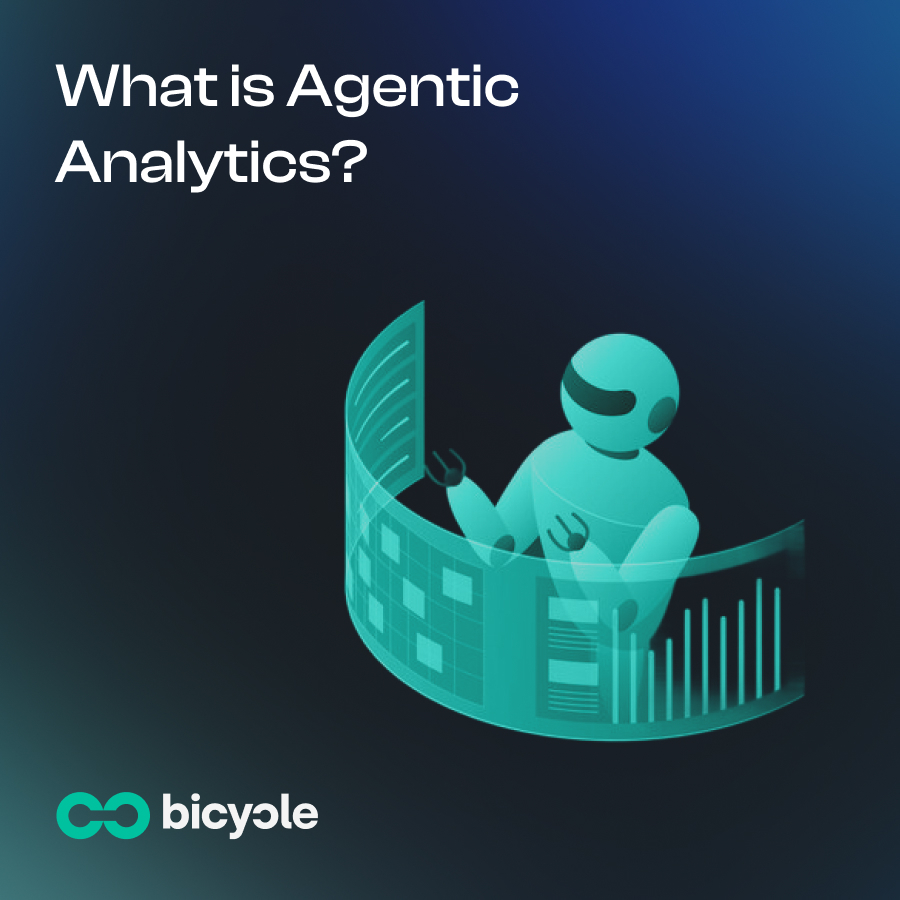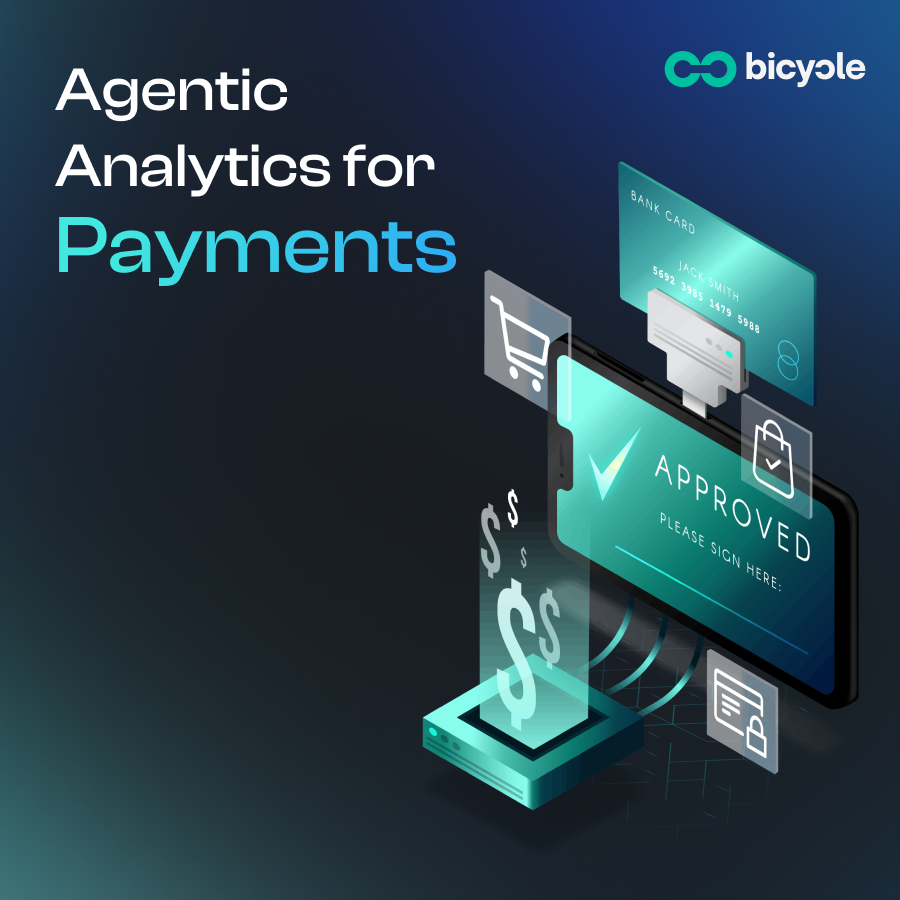The real work in retail isn't analyzing dashboards—it's the 4 PM scramble when a popular product quietly disappears from a zone, conversion drops, and five different teams each think it's someone else's problem.
Working with grocery and quick commerce operators over time, we've noticed a pattern: the best teams focus on three core levers—inventory, pricing, and labor—and build systems that help them act on these levers in real time. Not 40 KPIs tracked weekly. Three levers monitored continuously with clear action paths.
This post walks through how high-performing retail operations teams think about these levers, the data they monitor, and increasingly, how they're using AI agents to automate the repetitive decision-making that used to consume their days.
Why Search Matters More Than You Think
In grocery and quick commerce especially, search drives most of the business. When 70% of transactions start with a search query, problems show up there first. A slight wobble in search conversion ripples into revenue, customer experience, and even labor scheduling downstream.
The strongest signal? Search conversion rate: how many searches turn into add-to-basket events. When this drops for key terms—milk, bread, cooking oil—it's usually inventory, pricing, or operations causing the problem. Search is the canary in the coal mine.
1. Inventory: Tracking "Available Minutes," Not Just Daily Status
The obvious truth that still catches teams off guard: customers can't buy what isn't available.
But most retailers measure availability wrong. They track it as a daily on/off flag instead of available minutes per product per location. The better approach treats availability as a rate:
Available minutes ÷ operational minutes × 100
Measured at the product × store (or delivery zone) level.
When this drops, search-to-basket conversion drops, and it shows up first in top search terms.
What High-Performing Teams Monitor
The teams catching issues early track search conversion rate ((add-to-basket ÷ search events) × 100) in near real time, comparing against historical baselines and peer performance. When it drops, they've pre-mapped the likely inventory causes:
- Catalog status changes (product marked inactive)
- Physical out-of-stock at store level
- Low fulfillment rates from distribution centers
- Late purchase orders from suppliers
- Data sync delays (warehouse management system shows stock, but digital shelf doesn't)
Quick commerce nuance: A single neighborhood's top 500 search keywords have wildly different baseline rates. High-volume terms like "milk" need 1-day vs 7-day monitoring windows. Long-tail terms need 1-month vs 3-month comparisons. Without this tiering, alerts either fire constantly or stay silent when problems emerge.
The Data Sources That Actually Matter
The strongest setups connect digital journey data (search events, add-to-basket, orders) directly with operational signals (availability by minute, catalog status changes) and competitive pricing feeds. These rarely live in one system, but connecting them changes everything.
What Actions Work
Teams that actually fix availability issues don't just watch dashboards. They've built one-click actions tied to the monitoring:
- Hide the product when availability drops below a threshold
- Promote a substitute with healthy stock levels
- Re-sequence store routing for faster replenishment
The key: include root cause analysis with the alert. Was it catalog deactivation, truly zero stock, or just data lag? Teams only trust alerts that arrive with context and an opinion on what happened.
Real Pattern (Inventory)
A high-volume grocer shifted from daily "out-of-stock" reports to minute-by-minute availability tracking. When availability dropped on three essential products in two zones between 8-10 AM, their system ranked likely causes (catalog flip vs. late purchase order vs. sync delay) and proposed actions: hide for two hours, surface substitutes, and re-run the data feed.
The operations lead approved it via Slack. Search conversion recovered before lunch.
Two implementation notes:
- Don't treat all products equally—set stricter thresholds for "perception drivers" (products that shape customer trust)
- If you only fix the data feed without changing who approves hide/substitute/expedite actions, nothing sticks operationally
2. Pricing: The Bundle, The Badge, and Competitive Position
Pricing problems rarely start with "the price is wrong." They start with a handful of small things drifting: competitor prices moved out of your comfort range, a promotional badge didn't render on the product page, and the product bundle that made the pricing ladder make sense quietly broke.
What to Monitor
Effective pricing operations track two things continuously:
Competitive price index: Your price ÷ competitor price × 100, for the handful of products that drive customer perception
Conversion sensitivity: Did conversion move when average selling price moved? This answers whether price is actually the problem.
The Hidden Truth
Many "pricing" issues are inventory issues in disguise. When availability is thin, dropping price is counterproductive. The better play: suppress promotions and elevate substitutes with healthy stock.
Search conversion math helps diagnose this: when ((add-to-basket ÷ search) × 100) drops for a term where the primary product has high availability, it might be price. When it drops with low availability, it's probably not.
Bundle and Badge Health Matter More Than You Think
Often the fastest fix isn't touching base price at all—it's restoring the missing bundle or promotional badge that customers expect. When the good-better-best pricing ladder stops working, check the bundle logic first.
Product Segmentation Strategy
Smart teams segment products by strategic role:
- Perception drivers: Tight competitive index bands, fast reactions
- Margin drivers: Wider bands, protect unit economics
- Fillers: Follow whatever the pricing ladder logic indicates
Then they build decision rules: if competitive index is outside the band and availability is healthy, consider a small price adjustment or micro-bundle. If index is fine but conversion drops, check the badge. If availability is thin, suppress promotions and push substitutes.
Real Pattern (Pricing)
A premium footwear retailer lost share in two cities after a competitor undercut their prices. Instead of cutting base price across all stores, the team held the price point, restored a missing promotional badge on product pages, and added a small value bundle.
Conversion recovered without creating a margin problem.
The lesson: Treat pricing decisions as choreography across index, average selling price, availability, badge display, and bundle logic—in that order.
3. Labor & Store Operations: Availability Is a Staffing Decision
For restaurant and quick commerce networks especially, store online/offline status is one of the loudest revenue levers available. The minute a store goes "dark," the effective price for that zone becomes "unavailable," and no algorithm fixes that.
What to Track
Effective operations teams monitor:
- Store online/offline status
- Operating hours compliance
- Unplanned closure duration
- Average unplanned closure time
- Percentage of products unavailable per store
These sit alongside product availability metrics, making it visible whether the store toggle or individual stockouts are causing the problem.
Alerts route to the appropriate role (store manager vs. regional operations vs. partner operations) through the channels people actually use during busy periods—Slack, WhatsApp, Telegram, email.
The Uptime Target
When teams treat percentage of stores online and percentage of products available as P0 metrics with explicit targets (many push toward 100% store uptime and 0% unavailable products), everything else stabilizes: delivery promise windows, cancellation rates, even customer service escalation volume.
Technical Edge
If the order management platform can emit store toggle events via streaming infrastructure (Kafka or similar), teams don't need to poll systems—they react the moment a store status changes. That latency difference matters during peak dinner hours.
Real Pattern (Labor & Operations)
A multi-brand restaurant network built real-time store operations monitoring tracking toggles, uptime percentage, product availability patterns, and unplanned closures. With multi-channel alerts and a simple "pause same-day orders, route to nearest location" playbook, the team drove toward 100% uptime and 0% unavailable products as explicit targets.
Result: Reduced surprise cancellations and smoother peak period operations.
Connection to search: When stores or zones go dark, search-to-basket conversion breaks for a completely non-search reason. Before blaming pricing or relevance, check store availability and delivery promise capacity first.
How AI Agents Change This Work
Here's the pattern we've seen working with retail operations teams: the diagnosis and action steps described above are repeatable. They follow known playbooks. Which means they can be automated.
Search Conversion Triage
When search conversion drops for a term, the best teams follow a systematic checklist:
- Check product and availability status
- Review pricing and competitive positioning
- Examine catalog and search relevance (indexing, similar product cannibalization, seasonality, local events)
An AI agent can run this checklist automatically, rank the likely causes by probability and revenue impact, and route alerts to the right team—not just "down 12%" but "down 12%, likely inventory sync delay, estimated $8K daily impact, route to store operations."
Proposed Actions with Context
Once the diagnosis is ranked, the system can propose (and in some cases execute with approval):
- Update inventory displays
- Modify store availability information
- Prioritize stores with immediate delivery capacity
- Adjust search algorithms
- Optimize recommendation parameters
- Update pricing
- Notify supply chain and operations teams
Not every action for every incident—but having them ready turns a 45-minute scramble into a 5-minute approval decision.
The Setup: Formulas and Windows Everyone Agrees On
The foundation is shared definitions:
- Search conversion = (add-to-basket ÷ search events) × 100
- Availability percentage = available minutes ÷ operational minutes × 100
- Competitive price index = your price ÷ competitor price × 100
With reasonable comparison windows:
- High-volume search terms: 1-day vs 7-day comparisons
- Medium volume terms: 7-day vs 1-month comparisons
- Long-tail terms: 1-month vs 3-month comparisons
This creates shared truth and prevents alert fatigue.
The Data Needs
Most retailers already have this data, it just lives in different places:
- Digital journey: Screen views → basket interactions → orders
- Operations: Availability minutes, store status, catalog tables
- Competitive intelligence: Competitor price feeds
- Supply chain: Purchase orders, receiving timestamps, warehouse management data
The challenge is reading them together with business context.
A Practical Rollout Timeline
For teams considering this approach, here's a realistic 12-week build:
Weeks 1-2: Pick three core metrics (available minutes for key products, competitive index for perception drivers, store uptime/closure time). Set up alerts that arrive with ranked hypotheses and clear ownership.
Weeks 3-4: Add search conversion monitoring for top 500 keywords per market. Keep the anomaly detection simple—configurable standard deviation thresholds work fine with the right comparison windows.
Weeks 5-8: Ship one automation per lever with human approval required: hide/substitute on inventory drops; badge/bundle fixes on pricing; pause same-day orders and reroute on store closures. It's working when the Saturday operations review becomes routine instead of crisis management.
Weeks 9-12: Tighten thresholds, expand category coverage, and publish the action playbooks to store managers. The breakthrough happens when managers understand what the approval button will do before they push it.
What Makes This Different
This approach mirrors how experienced operators already think. Start with the three decisions that matter most, then build systems that provide explanations and actions in the moment.
Most retailers already have the data infrastructure: warehouse tables capturing search events, basket actions, and orders; operations systems tracking availability and store status; competitive feeds for price indexing; order management systems exposing store toggles and closures.
The hard part—the part that separates high-performing operations from the rest—is connecting the business meaning across these systems.
The Goal for Your Weekly Business Review
Three months from now, a successful implementation looks like this:
"We caught three availability drops on perception-driving products before noon. Search conversion stayed within expected ranges for our top 500 terms across all markets. Two stores went offline for under eight minutes and automatically rerouted orders. Pricing held competitive position where it matters; bundles handled the rest."
That's retail operations intelligence. Not a museum of charts. A system and operational habit that notices when it matters, explains problems like an experienced operator, and provides clear actions.
How Bicycle AI Helps
Bicycle AI is built specifically for this kind of retail operations intelligence. It connects your existing data sources—warehouse, operations systems, competitive feeds, order management—without requiring you to build new data pipelines or semantic layers first.
The platform understands retail-specific patterns: how inventory affects search conversion, how pricing and availability interact, how store operations impact the full customer journey. It automates the diagnosis and action steps described above, routing alerts to the right teams with context and proposed solutions.
For teams tired of hiring analysts linearly just to keep up with growth, Bicycle offers a different path: operational intelligence that scales with your business without scaling your headcount.
Want to see how this works with your data? Book a retail demo and we'll show you live issue detection on one of your priority categories.

















